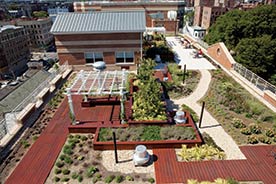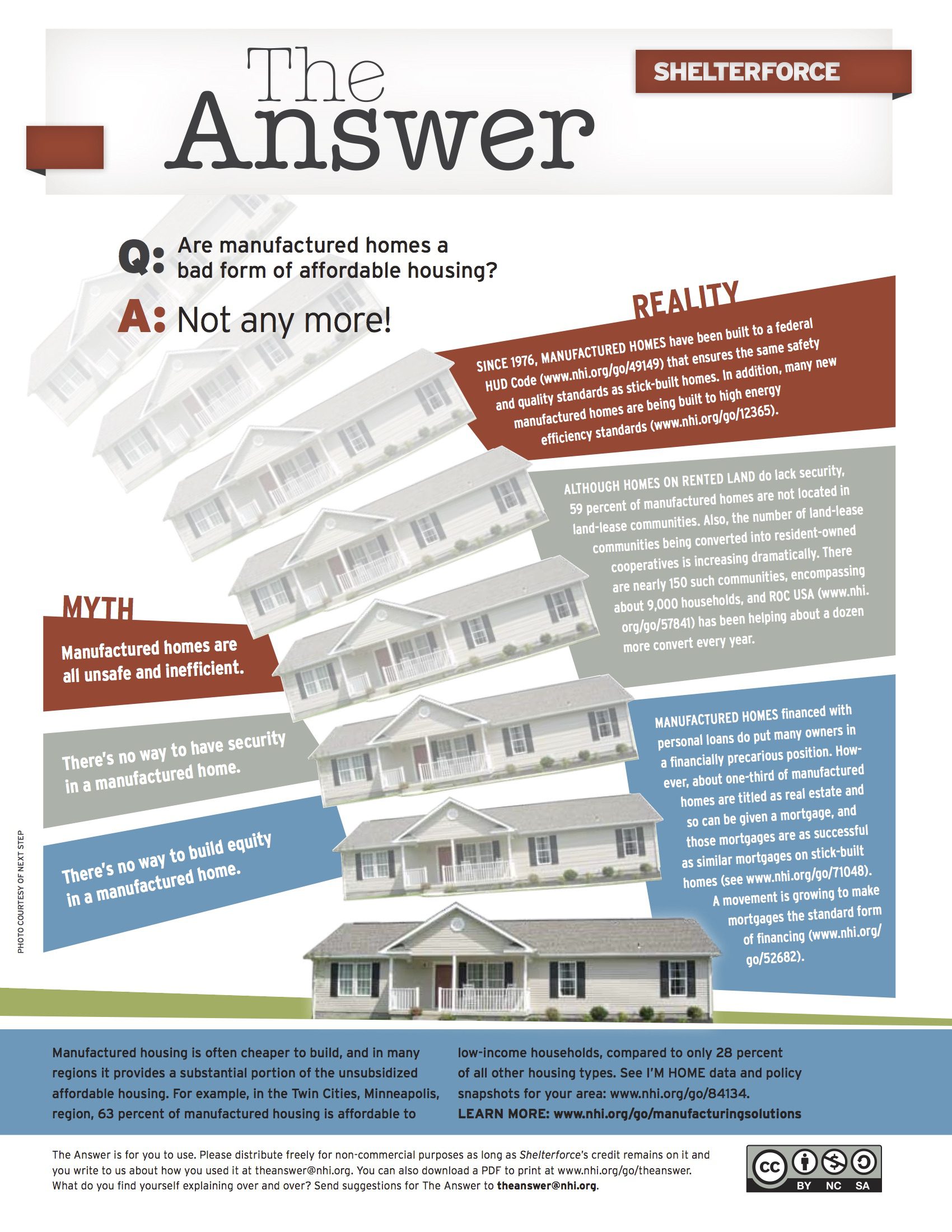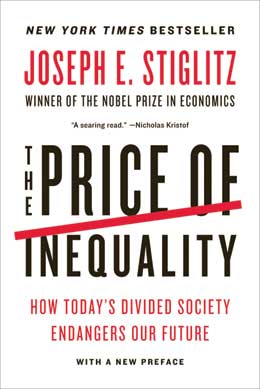
Serviam Gardens in the Bronx, N.Y., financed through the NYC Acquisition Fund. Photo courtesy of Tom Sobolik
In recent years, Enterprise Community Partners has pioneered a series of innovative community development funds that support and enhance local and regional government efforts and that deploy large amounts of private capital from banks, foundations, and other community development financial institutions (CDFIs) for high-impact goals. Here’s a look at the workings of two of them.
New York City Acquisition Fund
Total Fund Size: $153.8 million
Lending: $210 million from inception to end of 2012
Homes: Over 6,000 created or preserved
Borrower Equity: Minimum of 5%
Loan-to-Value (LTV) Ratio: Up to 130%
Local Funding: $6.8 million
Foundation Support: $22 million
Senior Lender Support: $125 million
In the early to mid 2000s, many affordable housing developers in New York City struggled to access the capital needed to buy land or existing properties. As a result they often lost promising affordable housing opportunities to market-rate players who could assemble capital far more quickly.
To tackle this problem, in 2006, Enterprise created the New York City Acquisition Fund (NYCAF), a $154 million structured fund. (Originally $233 million, it was decreased to reflect market need, and may increase again as needed.) A structured fund brings together capital with different risk and return requirements by creating multiple layers known as tranches. Each tranche suits the need of a particular set of investors and the fund documents spell out how these tranches work together to deliver needed capital to the borrower.
At the time of the fund’s creation, the stock of city-owned buildings and land that had long served as the cornerstone for many of the city’s housing programs was approaching zero. Affordable housing organizations that once relied on the city contributing properties for prices as low as $1 now had to acquire vacant land or properties for their pipelines themselves.
Meanwhile, property values were skyrocketing even in economically challenged neighborhoods like Harlem, Downtown Brooklyn, and the Northwest Bronx, thanks to the partnerships between the city, investors, and community development corporations that had invested in and transformed the city-owned stock.
As a result, an increasing number of acquisition loans over $1 million were straining the balance sheets of community development financial institutions (CDFIs) who were trying to support affordable housing developers, while other opportunities were being lost.
How Does It Work?
NYCAF provides flexible bridge capital to acquire a site or preserve a property while the developer secures tax credits and other government financing for a construction closing. Financing may also be used to rehab units or make other moderate improvements. The fund structure tranches, or separates and allocates, the risk so that public and philanthropic investment dollars serve as a guarantee limiting the senior lender’s risk exposure. The “risk waterfall” cascades losses in the following order: borrowers’ equity, originator’s loss reserves, public loss reserves, foundation and other public dollars, and then the bank capital. The senior lenders do not take a loss unless the value of the underlying property drops below 50 percent of its value at closing for vacant land or 75 percent for occupied properties.
NYCAF enables its four CDFI partner lenders to accept larger loan sizes and a higher LTV ratio, while relying on the expertise and market knowledge of originators who already have high loan volumes and strong relationships with affordable housing developers. Enterprise operates the fund in partnership with National Equity Fund as a standalone limited liability corporation.
The fund’s maximum loan commitment is $7.5 million for the acquisition of vacant properties and $15 million for the acquisition of occupied residential. The fund does, however, have flexibility and has provided loans exceeding those limits. In addition to the large loan size, the fund offers LTV ratios of up to 130 percent, and reduced recourse when compared to standard market products. The fund has also created a new product that provides borrowers refinancing for over-leveraged multifamily buildings.
Lessons
- Throughout the recent financial downturn and as credit dried up, NYCAF became one of the only sources of affordable housing acquisition financing available.
- Guaranteed backing means a higher loan-to-value ratio can be offered, making the fund attractive to affordable housing developers.
- Start-up costs and time to market are significant. To establish NYCAF, Enterprise needed to coordinate multiple parties with varying interests over more than 18 months, requiring an investment of over $1 million in start-up costs. This might make creating such a fund difficult for small CDFIs.
Impact
Since 2006, NYCAF has committed $210 million to 41 projects to create or preserve over 5,100 affordable housing units. Its loan production and financial returns have demonstrated significant increases over time, providing investors both economic and social gains.
Denver TOD Fund
Total Fund Size: $15 million (expanding to $30 million in 2014)
Lending: $15.3 million from inception to year-end 2012
Homes Kept Affordable: 625, with over 100,000 square feet of supportive commercial uses
Borrower Equity: $1.5 million from Urban Land Conservancy * Loan-to-Value (LTV) Ratio: Up to 90%
Local Funding: $2.5 million
Foundation and Housing Finance Agency Support: $4.5 million
Senior Lender Support: $5.5 million
Through the FasTracks plan, one of the most ambitious transit expansions in the nation, Denver is building 122 new miles of rail lines to complement its existing system. Since there is high real-estate demand nationwide for walkable neighborhoods near transit, and therefore prices around transit tend to escalate, the Denver TOD Fund was launched in 2010 to create and preserve affordable housing near the city of Denver’s current and future transit stops.
How Does It Work?
The Denver TOD Fund is the first in the country to adapt the acquisition fund modeled in New York to meet the needs of a community struggling to ensure that affordable housing is included in development around a rapidly expanding transit system. The fund operates as a line of credit to the Urban Land Conservancy (ULC), a well-capitalized nonprofit, with funds held largely on the balance sheet of Enterprise Community Loan Fund (ECLF), Enterprise’s wholly-owned CDFI. While the fund is not guaranteed by Enterprise’s balance sheet, it does have a multi-tier risk/return structure with the City of Denver accepting the greatest risk (after ULC’s equity), followed by foundation and housing finance agency capital. A loan would have to lose 60 percent of its value before the CDFI would take a loss.
Capital is invested in the fund with a 10-year commitment; the capital revolves through the first five years and is distributed to investors in order of seniority thereafter.
ULC is able to borrow up to $3 million per loan from the fund at 90 percent LTV, 3.4 percent interest-only, on a 60 percent non-recourse basis (that means the fund can only recapture 40 percent of the loan in case of default) to acquire property near public transit. ULC partners with vertically integrated affordable housing developers, either through a joint venture or just by conveying the property to them. The developers put together permanent financing for development, typically through Low Income Housing Tax Credits and/or tax-exempt bonds.
Lessons
- The multi-tier risk structure makes investment feasible for diverse lenders, with low-risk options available for CDFIs. Creating tranches to match investor risk appetite assures that the fund is able to effectively leverage public subsidy and philanthropic dollars to maximize their impact.
- The multi-tier risk structure also means that the borrower receives competitive loan terms currently unavailable through traditional lenders.
- Financing for TOD projects beyond acquisition remains a challenge, although models to address remediation, infrastructure, and vertical development costs continue to advance.
Impact
The TOD Fund launched in the City of Denver as a pilot. With 625 affordable homes and over 100,000 square feet of commercial space under the fund’s belt, Enterprise is expanding the fund to $30 million in order to reach the greater Denver region, and opening it up to additional qualified borrowers. Because Denver’s transit system extends through multiple jurisdictions, the TOD fund will have more impact if established at the regional level.





Comments